Bangkok, the city of angels, is one of the most visited cities in the world. In fact, according to Forbes, it’s the #1 destination for travelers with over 17 million visitors in 2015. It’s all for good reason too as Bangkok offers so much to not just the tourists but also for expats and Thais as well.
But if you’re here for the first time, getting around can be quite challenging and overwhelming. The transportation system is a maze of so many options to choose from – road, rail and by water that will get you to the best spots in town. Some with ease and comfort while some with a bit of difficulty but at really cheap prices.
Hopefully, this beginners guide will help you navigate and figure out everything you need to know about transportation in Bangkok.
Rail Systems
Let’s first start with the rail systems. There are 4 main ones – the skytrain, the subway, the airport link and the railway train that gets you in and out of the city.
Bangkok Mass Transit System (BTS)
The sky train is one of the most popular, easiest and fastest way to get around Bangkok. It reaches almost any iconic or touristic spots in Bangkok. In some cases, you will have to take a second form of transportation to get to your destination.
For example, the most visited place is the Grand Palace. To get there, take the BTS to Saphan Taksin Station along the Silom line (scroll down for the map) and then take the Chao Phraya River Express Boat (discussed in detail below) to Ta Chang Pier (No.9). After a 5-10 minute walk, you will reach the entrance gate of the Grand Palace.

Photo credit: Bangkok.com
The BTS website has a very useful and interactive way for you to Explore Bangkok so be sure to check that out. Simply choose a category from the left, select a location from the drop down menu and read the details on how to get there.
Metropolitan Rapid Transit (MRT)
The MRT is Bangkok’s subway and it consists of just one line, unlike the BTS. Tickets are bought in the form of tokens (as one-time pass) from machines at the stations or from the counters. You can also buy 1-day, 3-day or 30-day passes at value prices. If you’re in Bangkok longer than one month, then you opt to purchase the top-up cards available for student, child/elder, adult and business travelers.

The MRT is connected to the BTS at Silom, Sukhumvit-Asok and Chatuchak-Mo Chit stations, where you can change trains and access different parts of the city with ease.
It is important to note that the two systems are independent of each other and requires individual ticket purchases.
Airport Link (ARL)
The airport (Suvarnabhumi) link is a swift way of making it into and out of the city when you want to beat the traffic. It can save you a lot of time and money. You have the option to take the express line (Airport – Makkasan), which is a 15-minute non-stop journey at THB 150/trip or you can take the city line, which takes about 30-35 minutes end-to-end and costs about THB 15-45, depending on your stop.
Makkasan and Phaya Thai are the most popular stops for travelers/tourists coming into Bangkok as they are connected to the MRT and BTS stations, respectively.
Here is the complete BTS, MRT and ARL map.
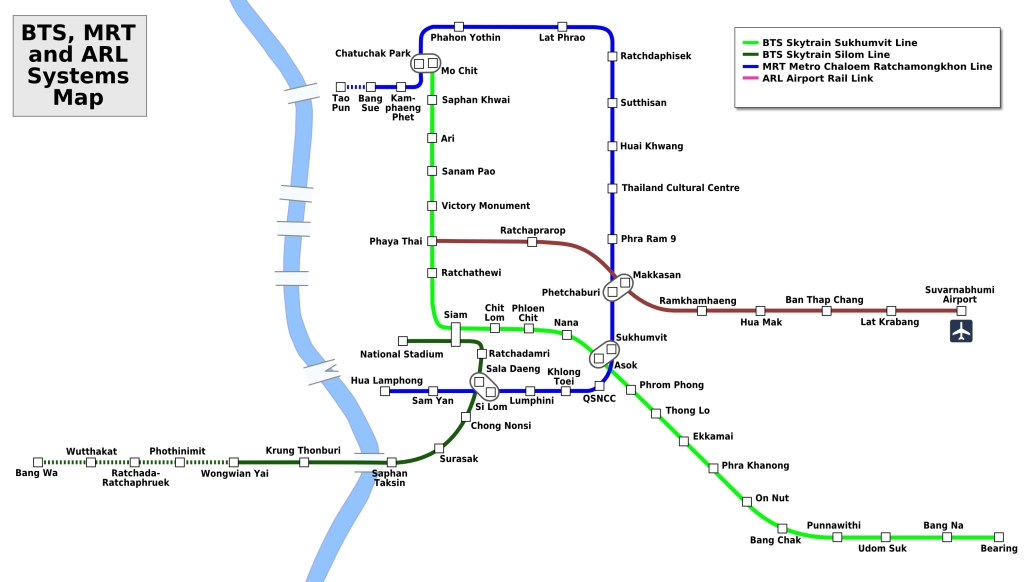
Photo credit: Langeasy.com
Railway
To go to the other provinces and nearby destinations in Thailand, you can use the railway train that depart from Hua Lamphong (connected with the Hua Lamphong MRT station). There are no online booking for tickets so you have to go there.
Tickets for trains leaving the same or next day can be bought on the counters under the red/orange/green screens. For the advanced booking, look for the ‘Advance Booking’ sign on the far right in the back, where you can take a numbered ticket for your queue. Upon your turn, simply select your seat and make your payment (cash/credit). More info can be found on Thailand Rail website.
Bus
The bus system in Bangkok isn’t as organized or simple as the ones in Singapore or other developed nations but it is one of the cheapest way to travel through the city. It’s the way most locals commute, other than MRT/BTS and the canal boats. Here are some things you need to know about taking a bus in Bangkok:
- Buses with blue signs in the front window go through their normal route.
- Buses with yellow signs take the expressway and therefore do not stop at many stops.
- Buses have different colors.
- Red buses (non-air conditioned), 7 baht
- Orange air-conditioned buses are, 11-24 baht depending on distance
- New yellow air-conditioned buses, 10-12 flat fee and have their own
- There is also the BRT (Bus Rapid Transit system), which have their own lane in some areas and are usually faster
Tip for riding a bus in Bangkok – get up early when traffic is at its lowest and just go out and explore. Use the bus route system to find the right numbered bus and always indicate where you want to go to the conductor. Most bus stops have maps but usually in Thai or faded in color so it is advisable to carry the bus route map on your phone.
For bus fares and routes visit the Transit Bangkok website.
Taxi
Taxis are more than abundant in Bangkok and they come in many colors, like of the rainbow. Over the years, taxi drivers have become more and more bold – they will overcharge you (not turn on the meter), refuse to take you because it is not where they want to go or complain that there is too much traffic and even scam you. It is hard to find a decent taxi guy but they are out there. Just be ready to go through 4-5 different taxis before finding the right one.
The meter will start at THB 35 and go up at a reasonable rate but being stuck in traffic will jolt that budget quite fast as well, and we all know how Bangkok is notoriously known for its traffic.
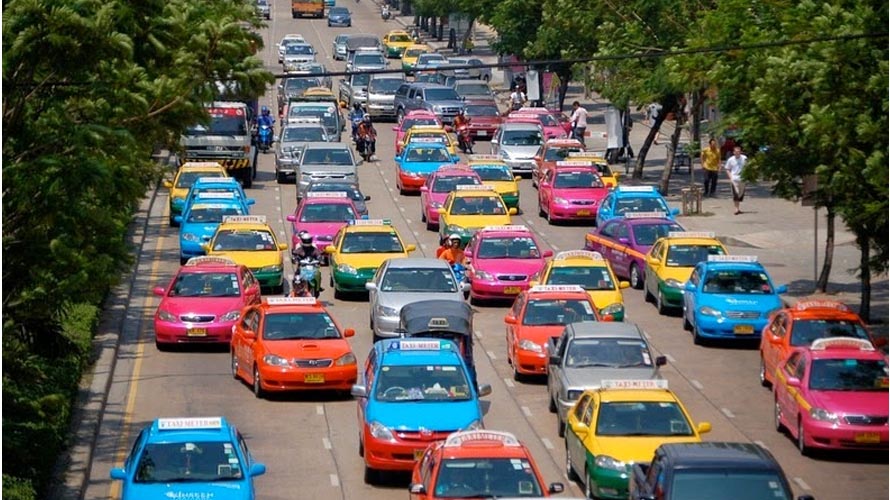
An alternative to using public taxi that is both efficient and value for money is the availability of taxi booking companies. There are many private taxi and car services in Bangkok if you do a quick search on Google but the most popular companies are the ones that provide a booking app, namely Grab, Uber, Easy Taxi and All Thai Taxi.
BK Asia has a rundown on which taxi is the cheapest to use. Just download, enter your personal details, book a taxi with your location and destination and voila.
Motorbikes
Bangkok roads are also congested with motorbikes but they are a sure faster way to get through the traffic as they whizz past cars and trucks through the narrow open spaces between them. Available for hire on almost every corner of the street are the colored-vest motorbike taxi guys who will take you to your desired destination at slightly inflated rates.
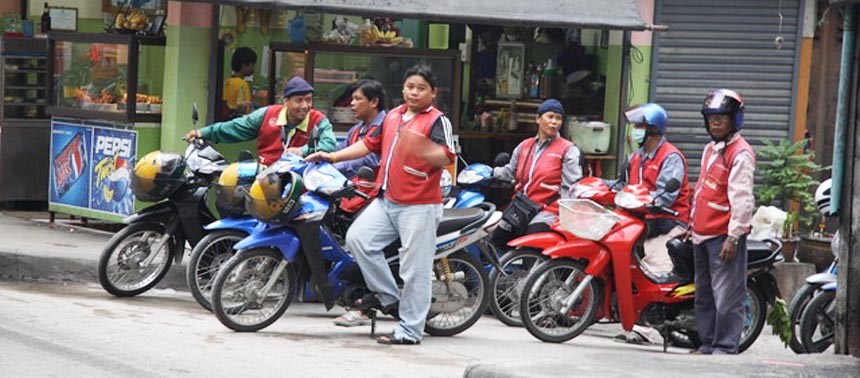
They are definitely more expensive than taxis or any other mode of transportation but they are extremely good for emergency cases like when you’re running late for a meeting. It’s also quite an adventure to sit on one of these as you hold on for dear life and try not to clip your knees on the rear view mirrors of neighboring cars as you whizz by. It’s really fast and furious with these guys!
But don’t worry, because again, thanks to Grab and Uber, there is a safer and less expensive alternative to the public motorbike taxis (at least for now) as both these companies provide bike services at reasonable rates. Simply switch the option on the app to motorbike (ubermoto for uber and grab bike for grab) when booking a taxi.
Tuk Tuk
Tuk-tuks, also known as sam lor in Thai, which literally means three-wheeled automotive, are Bangkok’s most popular form of transportation, especially for the tourists. Riding a tuk-tuk is more of an experience rather than a practical and efficient way to get around.
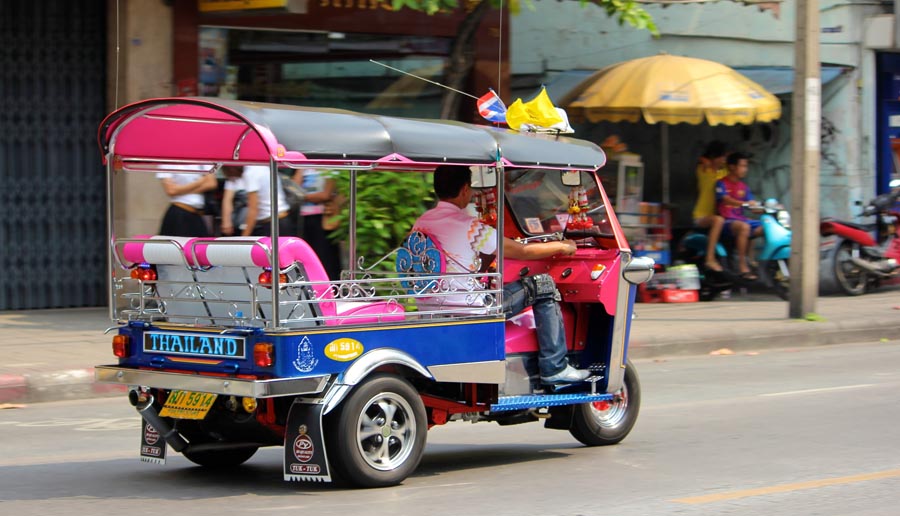
Photo credit: Asia Sea Plane Tours
Although they are really fun to whizz about in, they can be quite expensive and you will still be stuck in traffic in the heat. You definitely want to give it a go if it is your first time in Bangkok, otherwise you are better off in a taxi or taking the BTS/MRT.
Caution: some tuk tuk drivers are notorious for scams and overpricing fares. Be ready to negotiate prices but also learn when to say ‘no’ when the deal sounds too good to be true.
Related story: 5 Scams to Avoid
Boats & Ferries
The transportation by river and canals is a bit tricky for first timers but it is definitely the most efficient and cheap way to get around Bangkok. You will notice locals use the boats and ferries as if they had their eyes closed but if you focus and pay attention, you’ll have it down like a pro in no time.
There are a few things you need to know about water transportation system.
1. There is a canal that cuts through downtown Bangkok city – Khlong Saen Saep
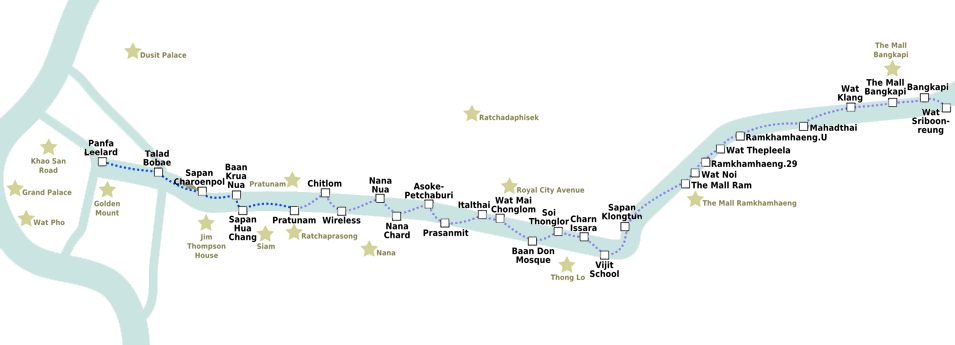
- There are piers spread across the city and you can get on and off any of them to explore different parts. Boats run every 20 minutes or less and costs no more than 20 Baht from one end to the other.
- The Panfa Leelard is the most popular pier and starting point for travelers as it is right next to Khao San Road. Other popular piers are Pratunam (next to the Platinum and Central World shopping malls), Sapan Hua Chang (known for Jim Thompson House and MBK shopping mall), Nana and Asoke. Just take a look at the route map to figure out where you want to go.
Caution: the boats do not wait long at the piers, so you have to be quick getting on and off.
2. Then there is the Chao Phraya River that runs along several provinces, through Bangkok and then into the Gulf of Thailand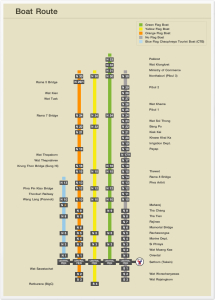
- The main express boat services in Bangkok are operated by the Chao Phraya Express Boat company.
- Different types of boats run through and are differentiated by the colour of the flags on them (orange, green, yellow or no flag). The no flag (local) boats are most crowded but make the most stops along the river.
- For first time visitors, it is advisable to purchase tourist boat services, which can be bought at the central pier (Tha Sathon) or at Saphan Taksin and Siam (interchange) skytrain (BTS) stations.
- Tickets for express boats can be purchased on the boat itself. A one-day unlimited ticket is available for 150 Baht and includes a handy map of the river and the various boat stops.
- Via the Chao Phraya, you can bypass all the traffic and visit enchanting places like the Grand Palace, Wat Pho, Wat Arun, River City, and much more.
3. There also a few other tributaries or canals that go through other neighboring parts of Bangkok (Noi and Yai) including the old town known as Thonburi. Private long-tail boats can be hired so you can explore these canals and hidden spots to your liking. You can find and hire these boats at most piers such as Sathorn Central Pier.

Caution: sometime you can be scammed and asked to pay inflated prices by these drivers so it is advisable to find a local tour company that offer good deals.
We hope that this clears a bit about how to get around here and what kind of transportation is best suited for which occasion. It’s nice to have so many options, isn’t it? That’s what we love about this city!
For complete listing of stations, routes and the official guide to transportation in Bangkok, you can visit the TRANSIT BANGKOK website.
Featured image is by Bangkok.com.




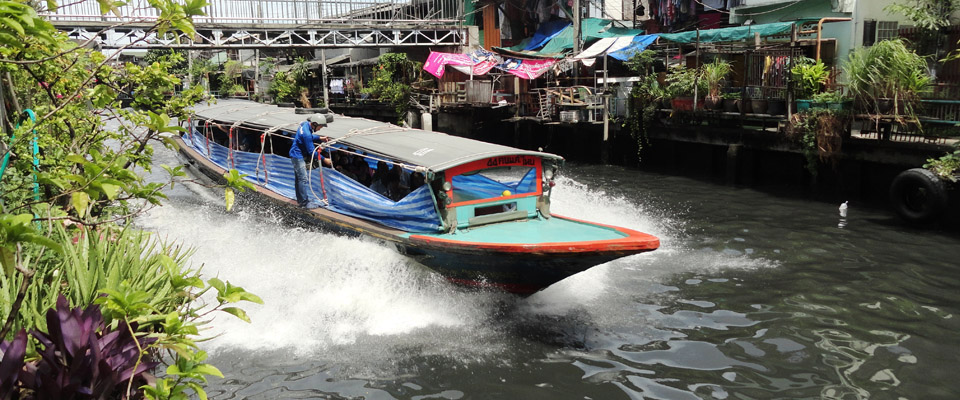

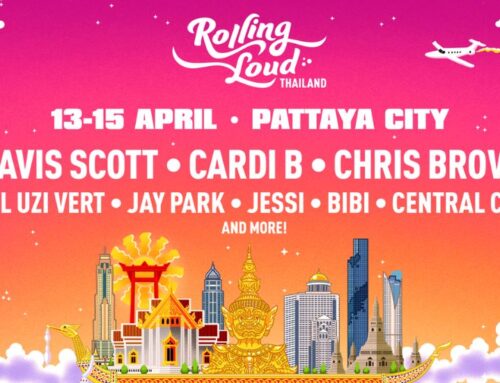
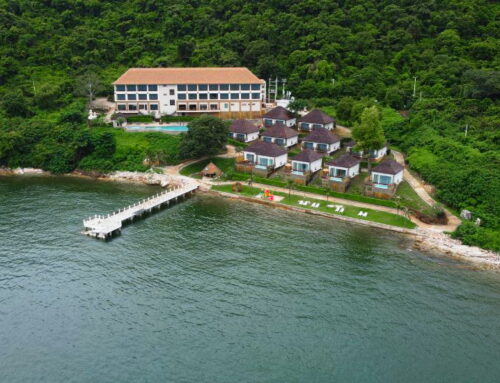
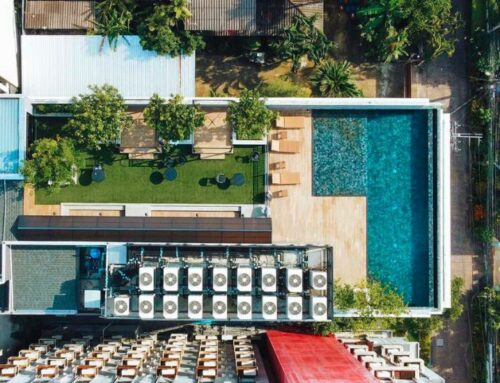
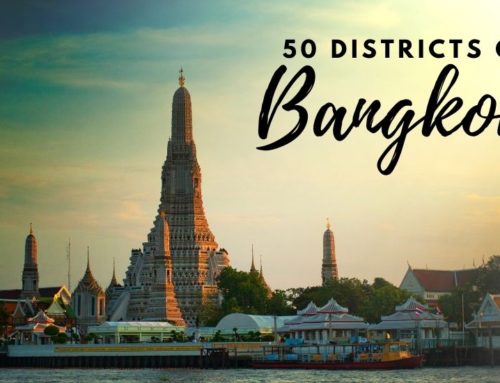

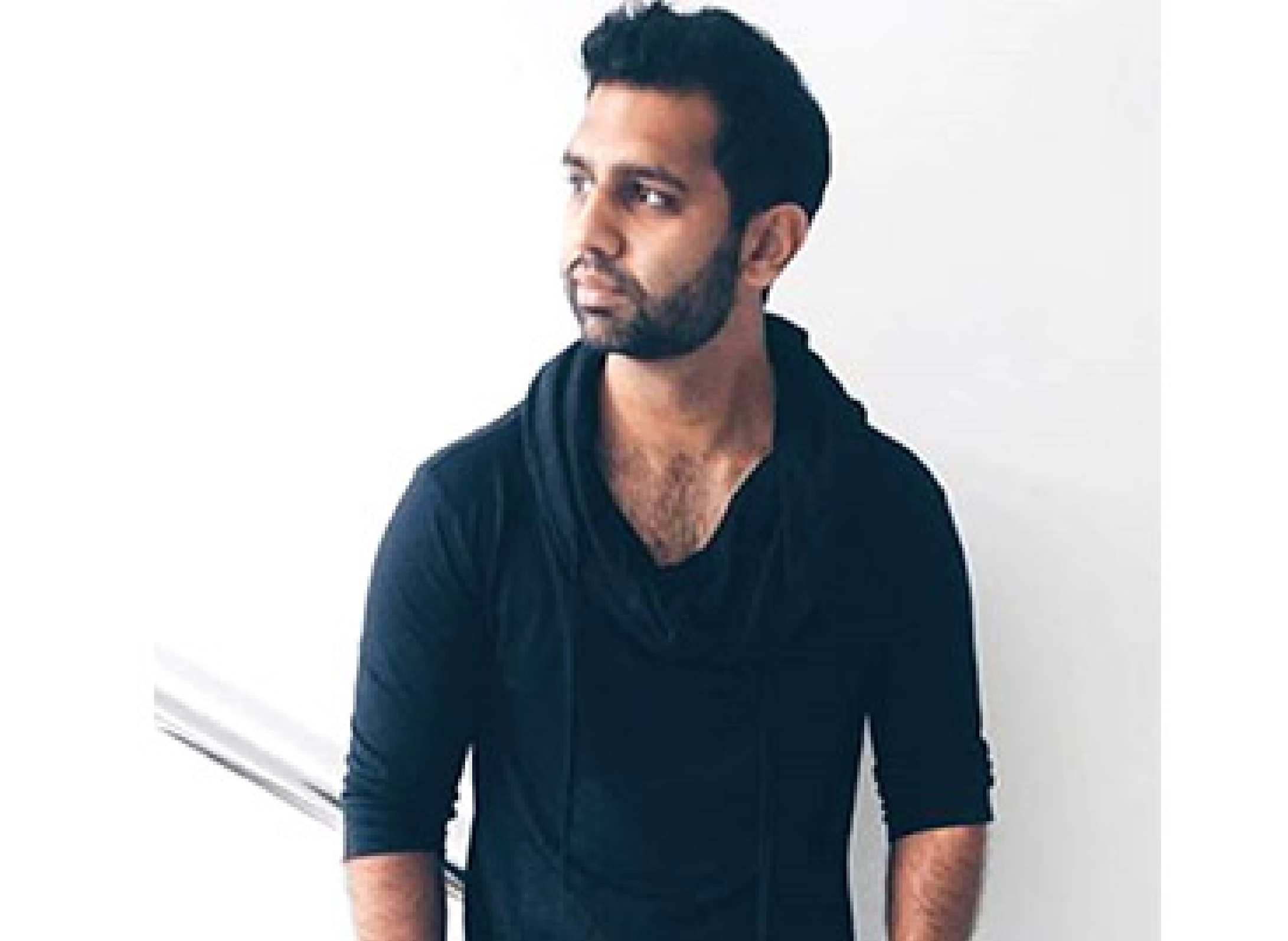
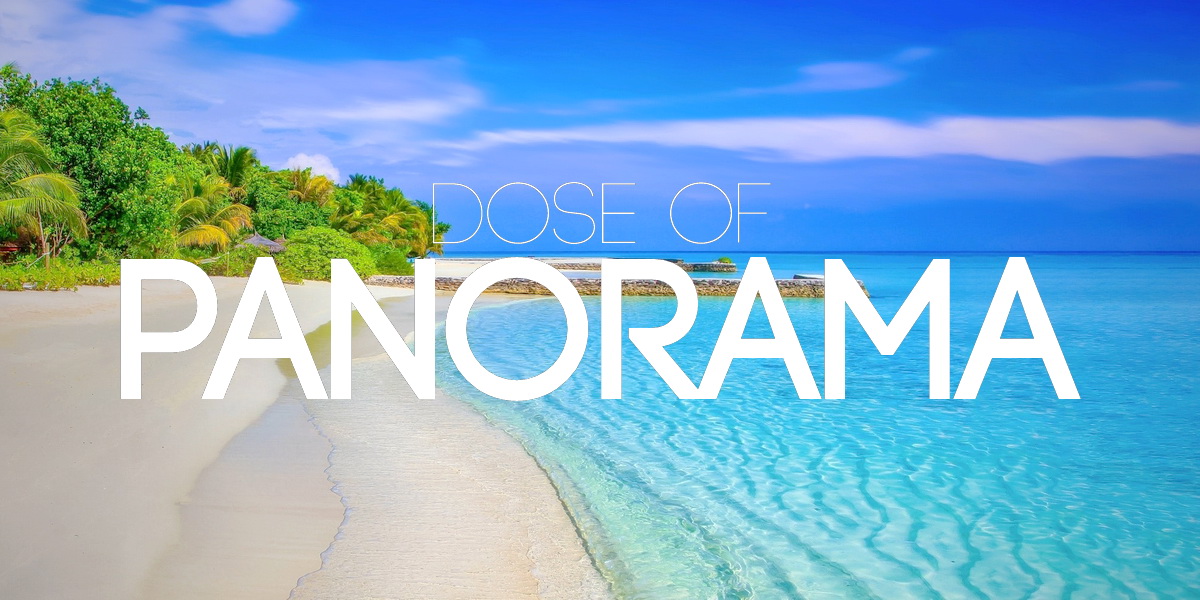
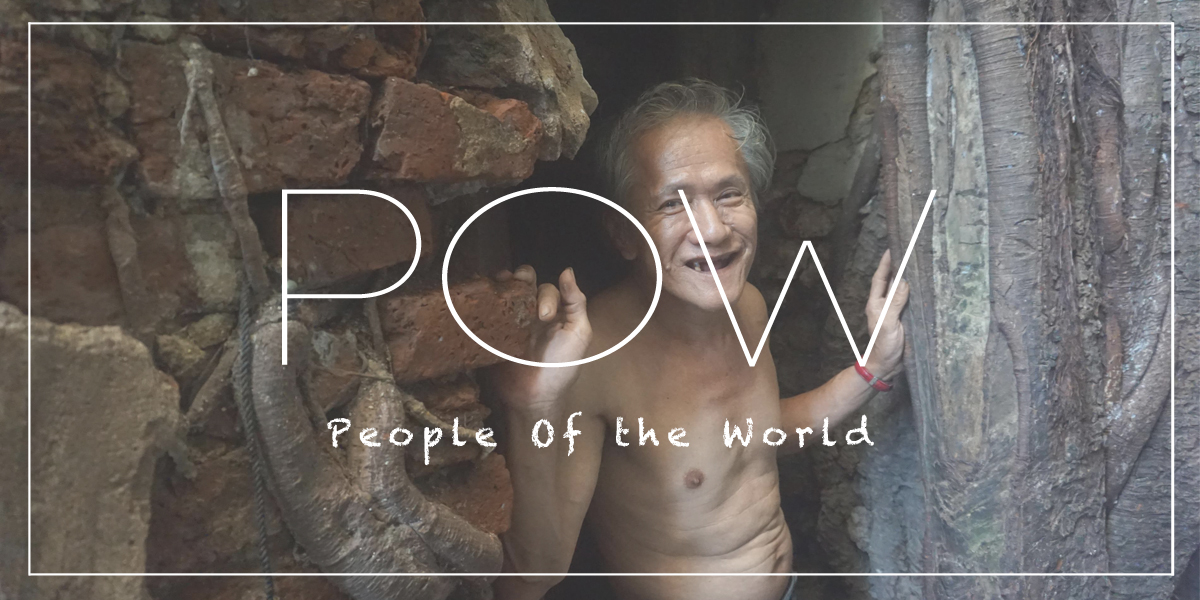
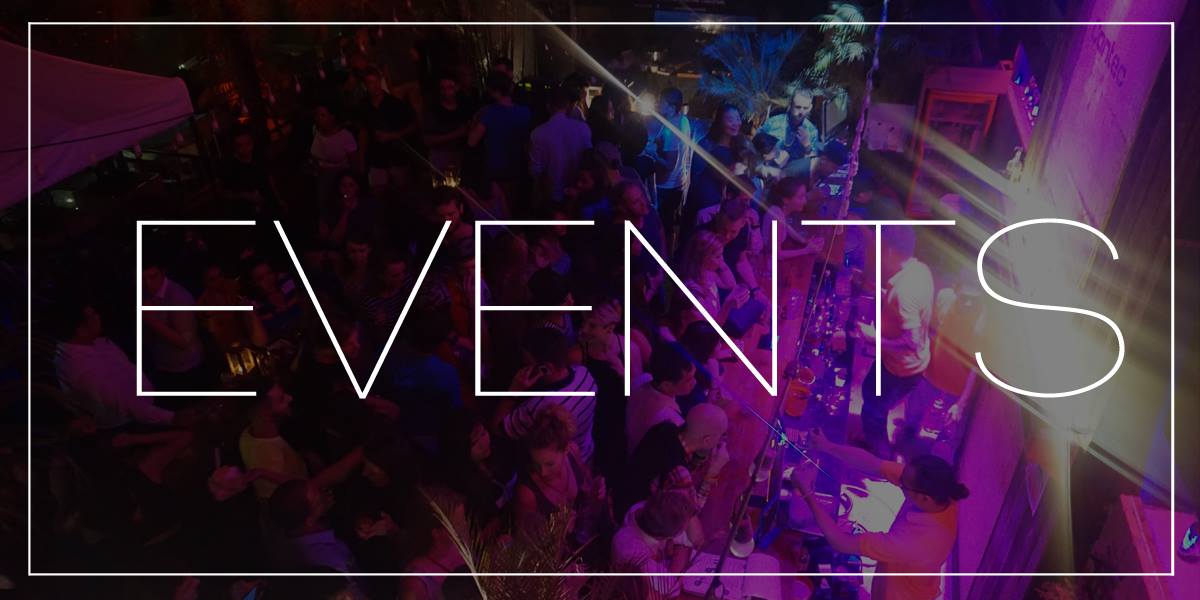




Wow this is a very detailed post. Super helpful! I have to admit the first few times I visited Bangkok, I relied solely on taxis and tuk tuk drivers. It wasn’t until I went back with my boyfriend that we used the rail system – which I was super impressed by. Thanks for sharing!
Thank you Chantell! I can see the appeal for riding a tuk tuk, sometimes we end up using them too, especially on night outs but now we use Uber wherever we go. It’s just safer for us as expats/locals…not sure what we are anymore.
The rail system is definitely amazing, but we have yet to try the traditional train. Maybe we’ll use it on our next trip out of Bangkok. Hope you come to this city again soon.
You have it all covered, lots of information packed in. When we were in Bangkok we used the MRT and the bus service, though sparingly and also tried out the Tuk Tuk. Great fun. In all the MRT is quite efficient and useful.
Wow, what a detailed overview. Filing this one away if I ever make it to Bangkok – sounds like I’ll need it!!
I’m so glad to hear that Cassie. I really hope it helps as that was its true purpose. Please share it around
This is a really helpful guide. For many people negotiating the transport in a big city is the most daunting thing. But with this guide you can be more chide the. Totally agree about getting on and off the boats quickly!!
That was supposed to say ‘more confident’!..
hahah thanks for clarifying that Amanda, For a minute, I was trying to figure it out. I have to say I was inspired to write this post because lately the transport system in Bangkok has been daunting for myself too after living for so many years here. So I thought I would re-educate myself and help others in process. Glad you liked it.
Feel free to share with your friends planning to come to Bangkok.
Thanks for this comprehensive guide, although I admit that I’m still a bit confused. That’s a lot of options. I think I will steer clear of taxis, though, unless I’m desperate.
Hi Tara, thank you. That’s too bad that you are still confused. Let me know how I can un-confuse you. There are certainly a lot of options here and taxi is convenient but only off peak hours…which is difficult to predict sometimes. Knowing which transportation to use when is key and I plan on making an advance guide for that.
Wow, I had no idea that there were so many options for transportation in Bangkok! I had heard of the sky train from quite a lot of friends who have recently returned from their trip, and for the cultural experience, I really want to ride in a Tuk Tuk. We often run late in sticking to our itinerary plans though, so perhaps a motorbike would be more our speed even though it’s not the cheapest option out there. Thanks for the comprehensive guide!
The skytrain is a great way to get to the airport, especially because the traffic in Bangkok is insane! Is it really called the city of angels?
It is. We’ve only used it once though. Yes, it often called the city of angels because Krung Thep, the name, roughly translates to that.
Wow it’s nice to know about the color coding in the bus haha! I mostly depend on their numbers but I admit I got lost a few times by that trick. I charged it to experience and a bit of exploring lol 🙂